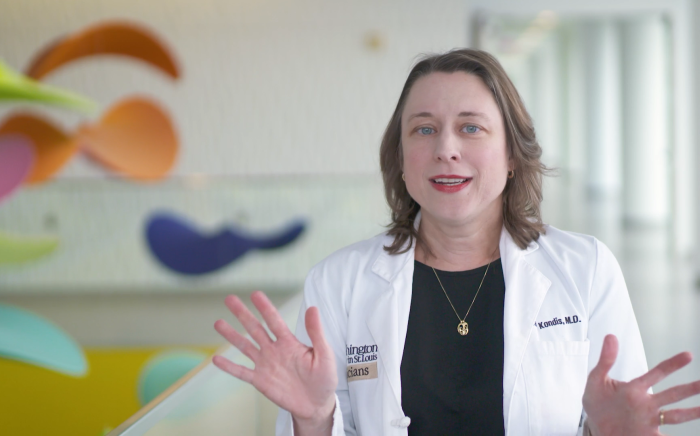Lice can be spread from child to child very easily, and they can be hard to get rid of. Here are some things to remember if lice enter your home.
How are lice spread?
Head lice live only on humans. They can move from child to child by direct contact with a person who has lice or that person’s combs, hats, clothing or bedding. Lice do not hop or jump. The spread of lice does not have to do with how clean you are, and it doesn’t mean your children don’t take enough baths. Any child who is exposed can get head lice.
How can I prevent the spread of head lice?
- Try to avoid head-to-head contact at school and when playing at home with other children.
- Don’t share combs, brushes, hats, scarves, bandanas, ribbons, barrettes, hair ties or bands, towels, helmets, or other personal care items with anyone else.
- Every three or four days, check members of your household who have had close contact with a person who has lice. Treat anyone who has lice or nits (white eggs) close to the scalp.
How are head lice treated?
Start with over-the-counter anti-lice products that have 1-percent permethrin listed as the active ingredient. Nix is one example. Be sure to follow the product’s directions very closely. Use the product twice in seven days to get rid of lice that may hatch after the first treatment. Anyone who lives in your house should be treated if you see nits within ¼ inch of the scalp or if you see live lice. Also treat children who sleep in the same bed as the child who has lice. If you have any questions about who should be treated, contact your child’s doctor.
Also, soak hair brushes for one hour in a solution containing some anti-lice shampoo. Wash your child’s sheets, blankets and pillow cases. Wash any clothes worn in the past two days in hot water.
Finally, check with your child’s school regarding its head lice policy. Lice policies may vary from school to school.
What are some don’ts?
- Don’t use more than one head lice medicine at a time.
- Don’t use a conditioner or shampoo/conditioner combination before applying lice medicine. They can interfere with anti-lice medicine. Also, avoid using these for two weeks after treatment.
- Don’t wash your child’s hair for one to two days after using anti-lice products.
- Don’t forget to repeat the anti-lice crème rinse. The second treatment will kill any new lice that have hatched from eggs. Follow the directions on the package.
- Don’t use harsh chemicals or things like gasoline or kerosene on a child’s hair. These are very flammable and should never be used to treat lice on anyone.
- Don’t use the same medicine more than three times on one person. If it doesn’t seem to be working, call your child’s doctor.
When should I call the doctor?
- If your child still has lice two weeks after you started treatment
- If your child’s scalp looks infected
If you would like head lice information emailed or mailed to you, contact the Center for Families Resource Library at St. Louis Children’s Hospital. The Center for Families Resource Library is 100-percent funded by generous donations to the St. Louis Children's Hospital Foundation.












